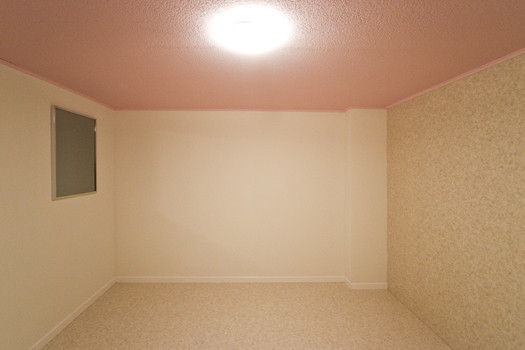Collection VIII
30 Oct 2013 - 02 Mar 2014
COLLECTION VIII
La Disfunción Del Progreso/ The Progress Dysfunction
30 October 2013 - 2 March 2014
A collaborative project with Museo Reina Sofía
La disfunción del progreso gathers together a selection of works from the CA2M holds in conjuction with others from Reina Sofía Museum. Two public collection separated by just a few kilometers away. Both shows answer to two different institutional circumstances, however they both converge in the will to critically stare at reality through art. This show is not intended to generate a chronology on current art, but underlying some of the issues developed on some of the works.
A first group of works challenges art itself: its definition and its sense within the contemporary culture and its capacity to launch a critical thinking; two of the issues developed in these artworks. Looking at images, as recurring issue in the works, what is the meaning of images when our daily life is packed with them? How can these images help to widen our own view of the world? Is it possible and desirable that images become agents of the changes occurring in the world? Two master works will let us reflect on these ideas, on one side, Kinderzimmer II (Kids ́s room II), 2008, by Gregor Schneider, a completely empty room where, eventually, we find ourselves: on the other side, Slowly Turning Narrative 1992, by Bill Viola, where hundreds of images come one after the other, challenging if they could or not spin a story...
Another group of works raises questions of broader social matters. In the last decades, we have witness radical changes in some of the political systems: some of its symbols have literally fallen apart before our eyes, like the Berlin wall in 1989, or the Twin Towers in 2001. In a more subtle way, others have mutated, but with similar result, as the South African apartheid. A single conclusion: the world is a place with continuous changes where, most probably, categorical truths don ́t exist. How to coexist with that reality? How can we react before those changes and politically act as builders of our own future? Carlos Garaicoa in Nuevas arquitecturas, as a rare insistence to understand the night, offers us a work emanating its own light, trying to catch our attention into how it is organized our coexistence in the cities we live in. Cristina Lucas, in Light Years reflects about how the universal suffrage has been progressively implemented all over the world, reflecting about the dark tyranny periods as well as the light they emitted, in this case, democracy.
As a whole, the dialogue offered by La disfunción del progreso, invites us also to reflect about the role of art in today ́s society and about art collecting habit by two public museums as CA2M and Reina Sofia Museum.
La Disfunción Del Progreso/ The Progress Dysfunction
30 October 2013 - 2 March 2014
A collaborative project with Museo Reina Sofía
La disfunción del progreso gathers together a selection of works from the CA2M holds in conjuction with others from Reina Sofía Museum. Two public collection separated by just a few kilometers away. Both shows answer to two different institutional circumstances, however they both converge in the will to critically stare at reality through art. This show is not intended to generate a chronology on current art, but underlying some of the issues developed on some of the works.
A first group of works challenges art itself: its definition and its sense within the contemporary culture and its capacity to launch a critical thinking; two of the issues developed in these artworks. Looking at images, as recurring issue in the works, what is the meaning of images when our daily life is packed with them? How can these images help to widen our own view of the world? Is it possible and desirable that images become agents of the changes occurring in the world? Two master works will let us reflect on these ideas, on one side, Kinderzimmer II (Kids ́s room II), 2008, by Gregor Schneider, a completely empty room where, eventually, we find ourselves: on the other side, Slowly Turning Narrative 1992, by Bill Viola, where hundreds of images come one after the other, challenging if they could or not spin a story...
Another group of works raises questions of broader social matters. In the last decades, we have witness radical changes in some of the political systems: some of its symbols have literally fallen apart before our eyes, like the Berlin wall in 1989, or the Twin Towers in 2001. In a more subtle way, others have mutated, but with similar result, as the South African apartheid. A single conclusion: the world is a place with continuous changes where, most probably, categorical truths don ́t exist. How to coexist with that reality? How can we react before those changes and politically act as builders of our own future? Carlos Garaicoa in Nuevas arquitecturas, as a rare insistence to understand the night, offers us a work emanating its own light, trying to catch our attention into how it is organized our coexistence in the cities we live in. Cristina Lucas, in Light Years reflects about how the universal suffrage has been progressively implemented all over the world, reflecting about the dark tyranny periods as well as the light they emitted, in this case, democracy.
As a whole, the dialogue offered by La disfunción del progreso, invites us also to reflect about the role of art in today ́s society and about art collecting habit by two public museums as CA2M and Reina Sofia Museum.

